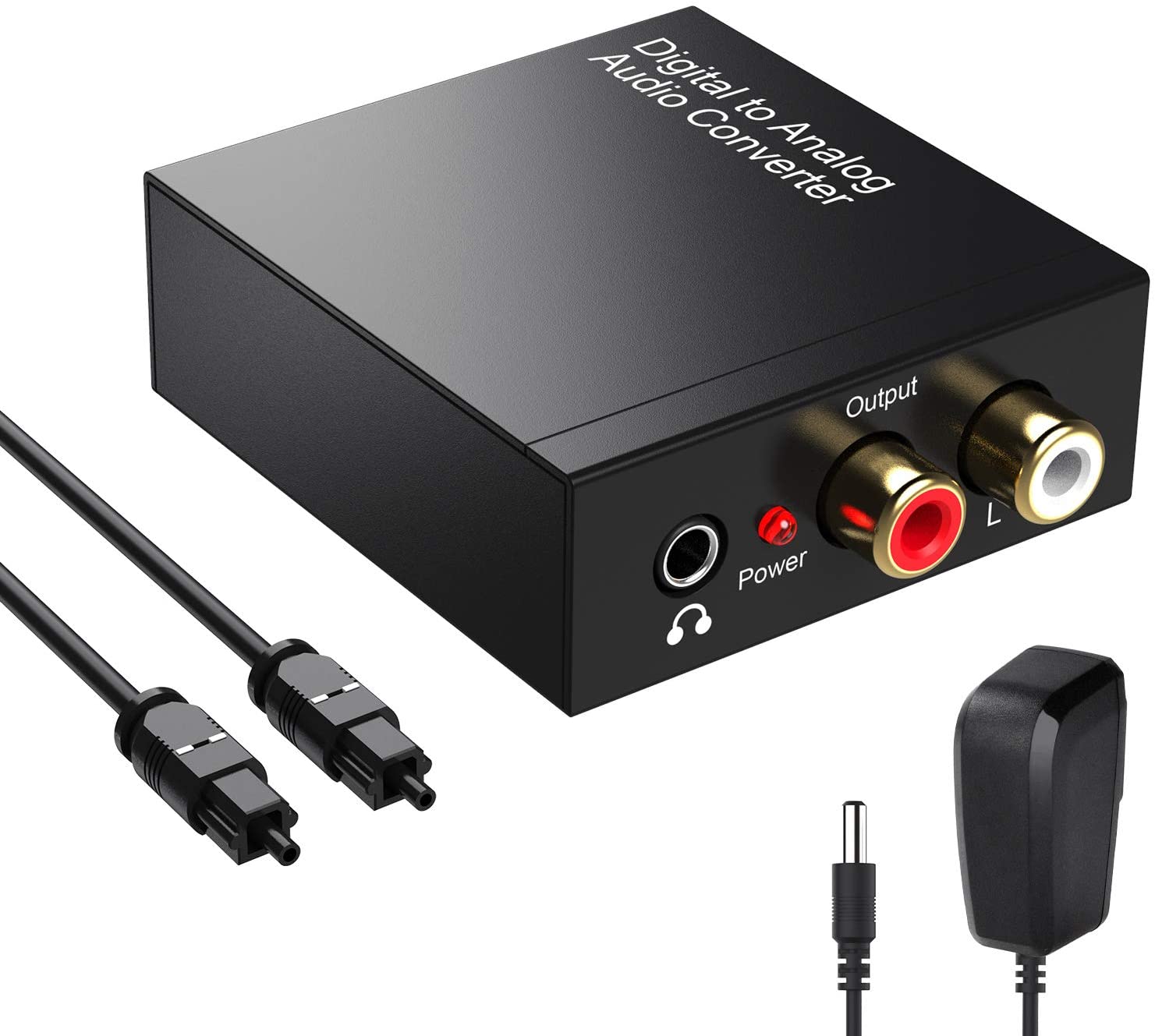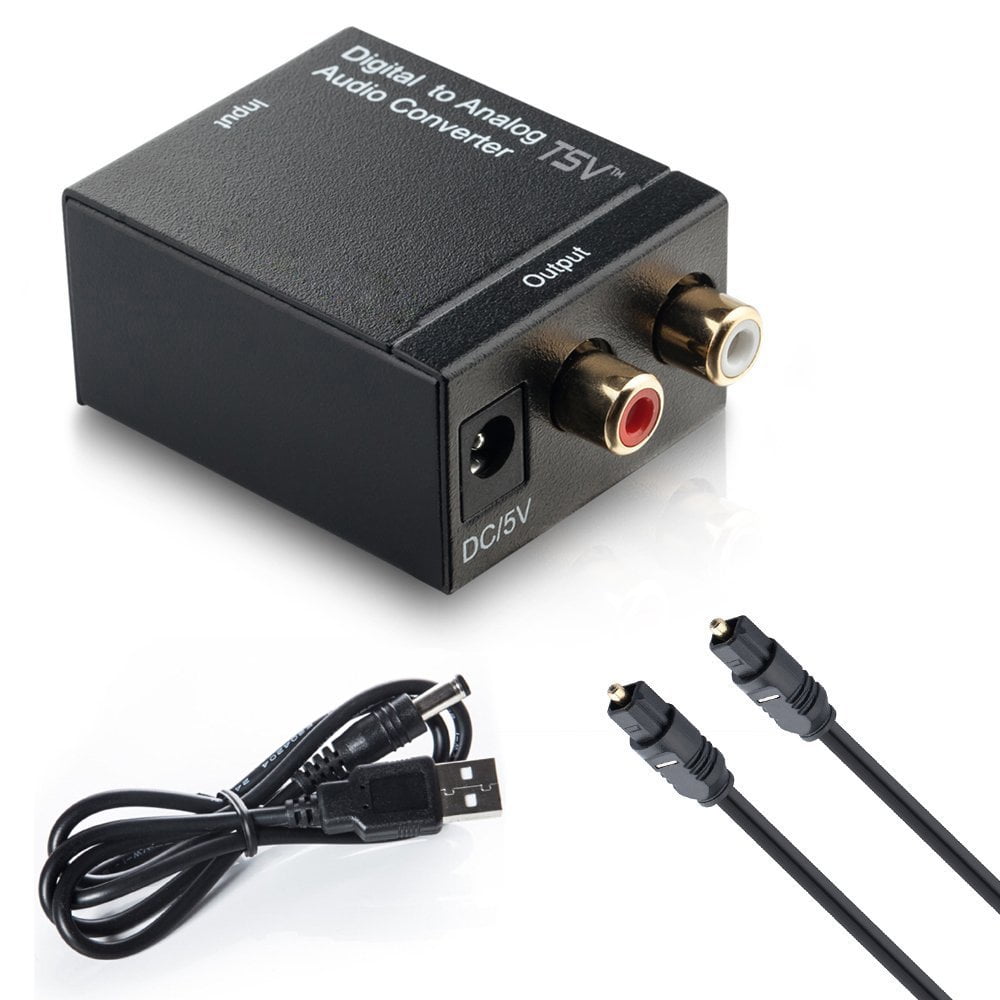The Art of Reconstruction: A Deep Dive into digital-to-Analog Converters (DACs)
Digital audio has revolutionized how we consume music, offering unparalleled convenience and accessibility. Yet, to truly experience the magic of recorded sound, a crucial step remains: transforming digital data back into the analog waveforms that drive our speakers. This is where the Digital-to-Analog Converter (DAC) comes into play, a critical component in any high-fidelity audio system.
This article will delve into the intricacies of DAC technology, exploring its fundamental principles, key architectures, and the factors that contribute to exceptional audio quality. We’ll examine how DACs translate the discrete, binary world of digital audio into the continuous, nuanced realm of analog sound, and how their performance can significantly impact our listening experience.
The Digital Dilemma: Bridging the Gap

At its core, digital audio represents sound as a series of discrete numbers, or bits. This data, typically encoded in formats like MP3, FLAC, or DSD, is a highly efficient way to store and transmit audio information. However, our ears perceive sound as continuous pressure waves in the air – an analog phenomenon. To bridge this gap, the DAC must accurately reconstruct the original analog waveform from the digital data.
The Core Principle: From Bits to Voltage
The fundamental operation of a DAC involves converting the digital data, represented by binary code (1s and 0s), into an analog voltage. This voltage then drives the audio amplifier, which in turn powers the speakers, producing the audible sound.
The process can be simplified as follows:

1. Data Input: The DAC receives the digital audio stream, typically in the form of Pulse-Code Modulation (PCM) data, which represents the amplitude of the audio signal at specific intervals.
2. Decoding: The DAC decodes the binary data, determining the amplitude level for each sample.
3. Voltage Generation: Based on the decoded data, the DAC generates an analog voltage that corresponds to the amplitude of the audio signal at that particular point in time.
4. Output: The generated analog voltage is then output to the amplifier for further processing and amplification.
Key DAC Architectures
Several key architectures are employed in the design of DACs, each with its own strengths and weaknesses:
1. Pulse Width Modulation (PWM) DACs
Principle: PWM DACs vary the width of a constant-amplitude pulse to represent different voltage levels. A wider pulse corresponds to a higher voltage, and vice versa.
2. Resistor Ladder DACs
Principle: These DACs utilize a network of resistors to sum weighted currents, producing the desired output voltage. The weights of the resistors are determined by the binary input.
3. Delta-Sigma DACs
Principle: Delta-Sigma DACs employ oversampling techniques and noise shaping to achieve high resolution and low distortion. They operate by comparing the input signal to a high-frequency clock and generating a stream of 1-bit data.
4. R-2R Ladder DACs
Principle: R-2R ladder DACs use a simple and elegant ladder network of resistors to generate the output voltage. They offer a good balance of accuracy and simplicity.
Factors Influencing DAC Performance
Several factors significantly influence the performance of a DAC, ultimately impacting the sound quality:
1. Resolution and Sampling Rate
Resolution: Refers to the number of bits used to represent the audio signal. Higher resolution (e.g., 24-bit) allows for finer granularity and a wider dynamic range.
2. Dynamic Range
3. Signal-to-Noise Ratio (SNR)
4. Total Harmonic Distortion (THD)
5. Jitter
Choosing the Right DAC
Selecting the right DAC for your audio system depends on several factors, including:
Budget: DACs range in price from relatively affordable to extremely expensive.
The Impact of DACs on the Listening Experience
A high-quality DAC can significantly enhance your listening experience by:
Improved Clarity and Detail: Revealing subtle nuances and textures in the music that may have been previously obscured.
Conclusion
The DAC plays a pivotal role in the digital audio chain, translating the binary world of digital data into the analog domain that our ears can perceive. By understanding the fundamental principles, key architectures, and performance factors of DACs, audiophiles can make informed decisions when selecting and integrating these components into their systems.
Investing in a high-quality DAC can unlock a new level of audio fidelity, revealing the subtle nuances and emotional depth of your favorite recordings. Whether you’re a casual listener or a discerning audiophile, the DAC is an essential component for achieving the ultimate listening experience in the digital age.
digital to analog converter audio
